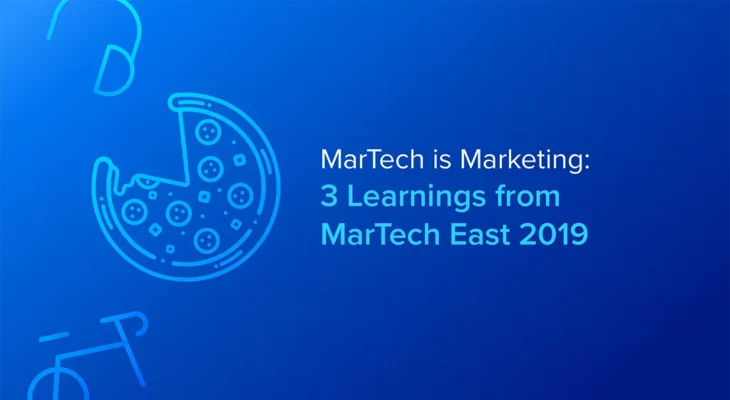B2B and B2C folks alike can appreciate the seamlessness associated with purchasing something from Amazon and having it show up that day, or the next day. From a consumer standpoint, that quick and easy experience is what people have begun to expect across the board.
It’s a high bar, to say the least, and we won’t all be able to become Amazon-like, but moving in a similar customer-centric direction is a non-negotiable.
“Part of [today’s] problem is we’re marketing through our channels, but we’re not thinking about the customer journey — what’s the experience for someone who’s trying to get information to make a decision end-to-end? We all have these siloed experiences that don’t add up,” noted Tom Bachmann, VP of Digital at Pegasystems.
Brian Piccolo, Sr. Director of Digital Strategy at Liberty Mutual, fully agreed, bringing it back to the fuel that powers the machine: “That’s what sets the high bar for those brands like Amazon and Google, and they have the ability to create truly personalized experiences because they have good data.”
But how do you make the shift from channel-centric to customer centric? Eric highlighted a common point of contention: “Trying to look at what you’re going to invest in through the lens of CX is really hard because CX is a very hard thing to attribute ROI to — it’s kind of a vague amorphous thing. You can’t tie it to an MQL, so it becomes hard to actually invest in CX because it’s very hard to show that budget hitting your sales pipeline.”



